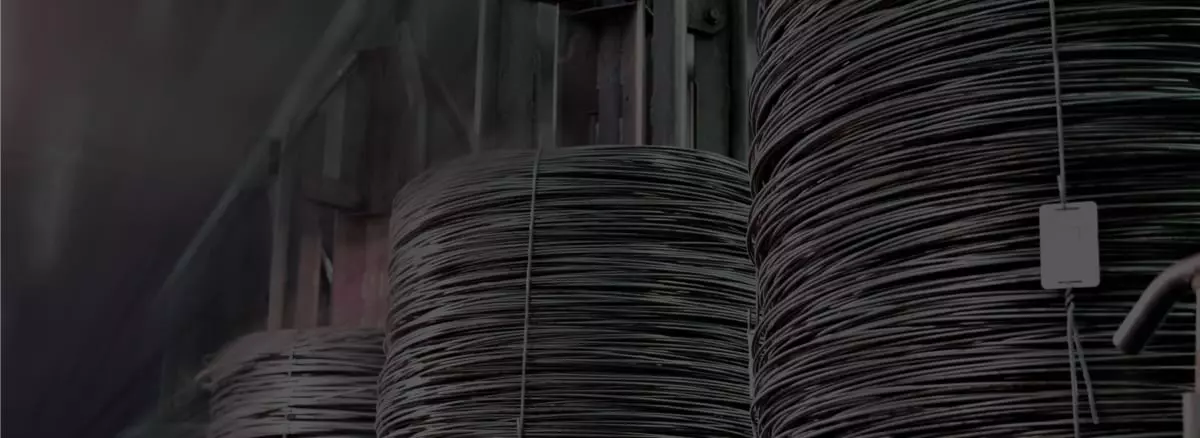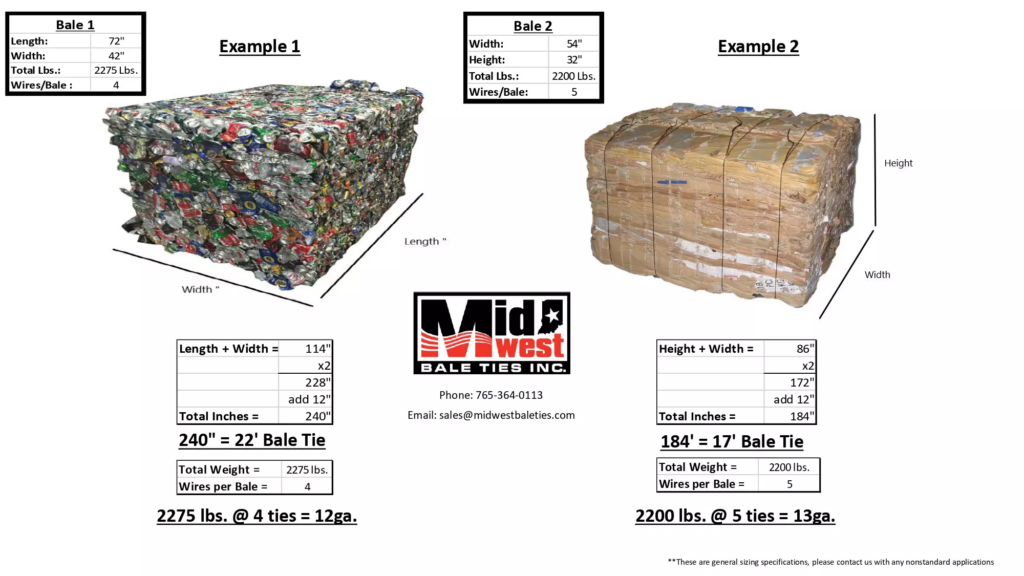4 Important Questions to Ask When Purchasing Bale Ties and Baler Wire

Bale ties and baling wire are consumable products that enter your facility, get used by the team that handles your baling, and then leave your facility surrounding some type of waste or recyclable material. Bale ties and baler wire are a very small part of what you and your company do on a day to day basis. However, if your bale ties or baler wire begins to fail or the size and gauge of the wire being used is not ample and accurate a small problem grows into a much larger issue. Waste and recyclable material begins to pile up, manpower is spent cleaning up after broken bales of material, and timelines and production schedules are affected.
The following questions are designed to help you and your team understand more about the product/products you are using to bale your materials and help you better purchase from your supplier. Asking these questions before you make a bale ties or baler wire purchase should help you communicate your specific needs to your supplier as well as potentially save you and your company money by purchasing the most cost-effective product for your needs.
What are we baling?
The list of materials our bale ties and baler wire are used to hold together is ever-changing. Some of the more common materials we see bailed are paper, cardboard, plastic, textiles, and aluminum. Each type of material has different properties and reacts differently when the pressure of the baler is released. For example, bales of plastic bottles tend to have significantly more expansion than bales of paper products which tend to hold there form better. This difference in material and response could potentially mean a black annealed wire or bale tie would be more suited to your specific application. Not only would this simple change potentially enhance the effectiveness of the system it would also reduce costs because black annealed material is less expensive than galvanized material.
Where are our bales being stored and for how long?
Once your material has been compacted and your bale tie or baler wire has secured your bale where does that bale go for storage? Does your team transport it to a covered trailer? How long do they sit until being picked up? Do your bales get transferred to a pallet and set it outside until the next pickup to save on space? Do your bales simply get moved to a designated spot in your warehouse? Black annealed material, which is more cost, can have issues when not stored in a covered or sheltered area away from the elements. Galvanized material can be stored in most spaces without potentially compromising the integrity of the wire. Whatever your system or method of storage its important to consider how your wire is affected.
How much do your bales weigh?
The weight of your bale is very important when diagnosing the correct gauge of wire needed to hold the load securely. Common problems that occur when the material being used is not ample for the weight of the bale being processed are delaminated heads and breakage of wire. We advise taking 3-5 bales of each material your facility regularly bales and weighing them to get an average weight/bale. Given this weight and the number of ties being used we should be able to get you the most cost-effective gauge wire which many times reduces the weight per bundle, in turn, dropping your cost per bundle.
What are the dimensions of your bales?
The length, height and width of your finished bale speaks directly to the length of the bale tie needed to effectively secure your material. Bale dimensions are generally specific to the type and size of baler your team uses. Lengths typically vary between 10 and 22 feet and a rule of thumb would be to always go slightly longer than what you think you need and as you find what works scale back 6” to 1’ at a time until you find the exact length that works for you and your team.

Asking and answering the questions above and communicating that information to your supplier should allow them to accurately and efficiently give you the best and most cost-effective length and gauge product. We offer free samples on bale ties and baler wire to customers who are looking to get hands-on experience with a different gauge or length of tie and encourage anyone to reach out with questions or requests. In addition, we offer a sizing chart to better understand if you are getting the correct material for your current system.

